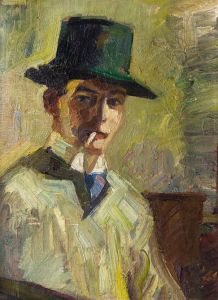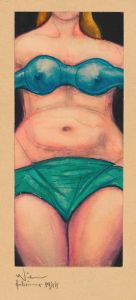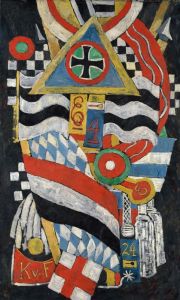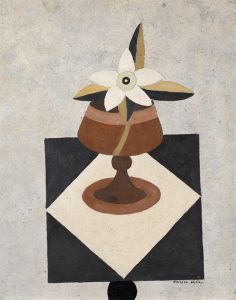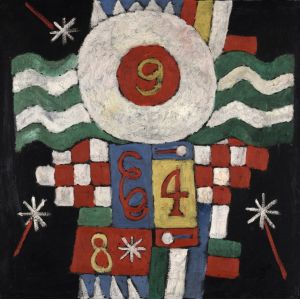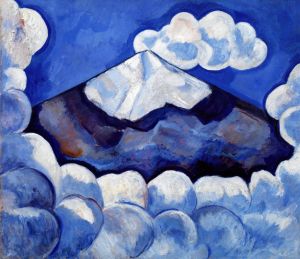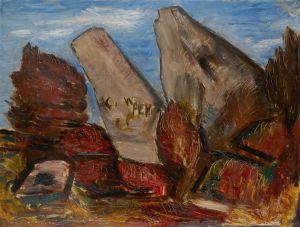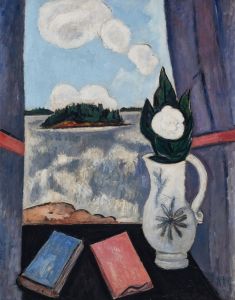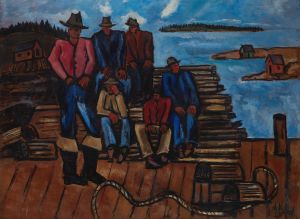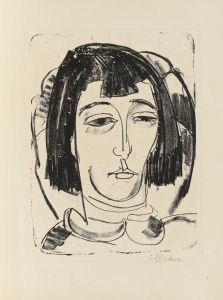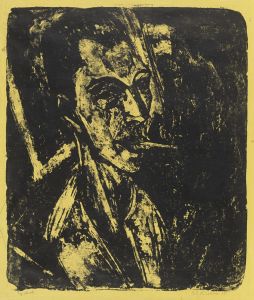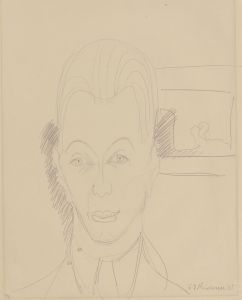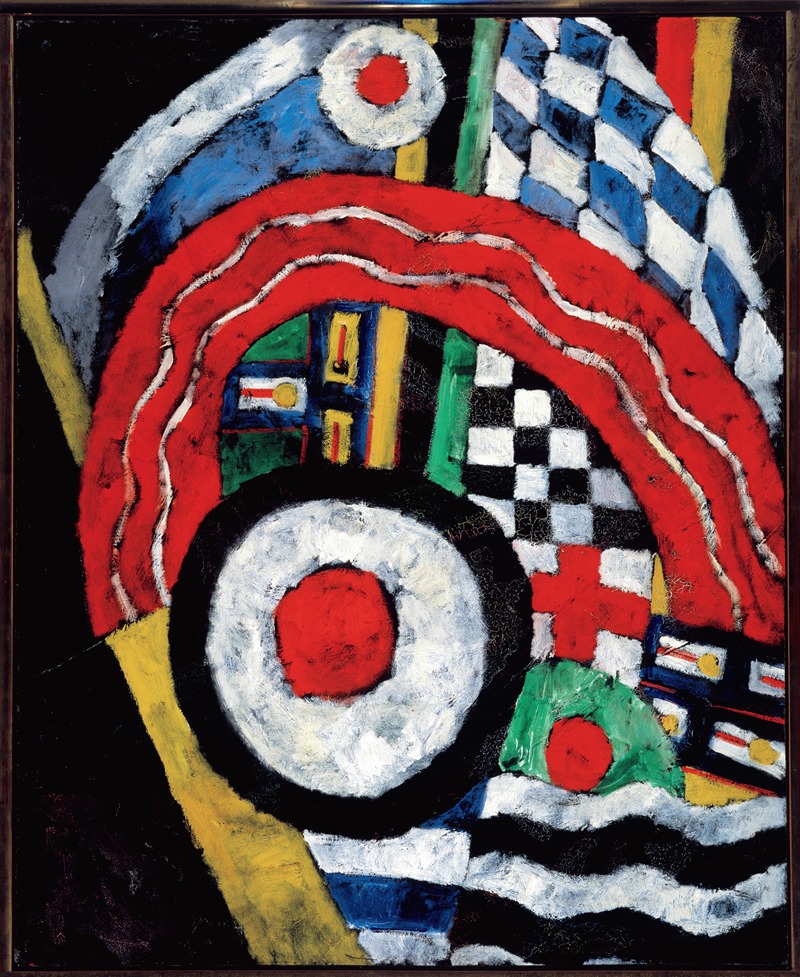
Painting No. 46
A hand-painted replica of Marsden Hartley’s masterpiece Painting No. 46, meticulously crafted by professional artists to capture the true essence of the original. Each piece is created with museum-quality canvas and rare mineral pigments, carefully painted by experienced artists with delicate brushstrokes and rich, layered colors to perfectly recreate the texture of the original artwork. Unlike machine-printed reproductions, this hand-painted version brings the painting to life, infused with the artist’s emotions and skill in every stroke. Whether for personal collection or home decoration, it instantly elevates the artistic atmosphere of any space.
Marsden Hartley was an American modernist painter, poet, and essayist, known for his bold and expressive works that often incorporated elements of abstraction and symbolism. Born in 1877 in Lewiston, Maine, Hartley became a significant figure in the early 20th-century American art scene. His work was influenced by various art movements, including Impressionism, Post-Impressionism, and Cubism, as well as by his personal experiences and travels.
"Painting No. 46" is one of Hartley's works that exemplifies his unique style and artistic vision. Created during a period when Hartley was deeply engaged with the European avant-garde, this painting reflects his interest in abstraction and his exploration of form and color. Hartley's work during this time was heavily influenced by his interactions with artists such as Wassily Kandinsky and Franz Marc, whom he met during his stays in Europe.
The painting is part of Hartley's "Amerika" series, which he produced while living in Berlin between 1913 and 1915. This series is characterized by its vibrant colors, dynamic compositions, and symbolic content. Hartley was inspired by the German Expressionist movement and the vibrant cultural scene of Berlin, which was then a hub for artists and intellectuals. The "Amerika" series, including "Painting No. 46," reflects Hartley's fascination with the spiritual and the mystical, as well as his interest in the interplay between abstraction and representation.
"Painting No. 46" is notable for its use of bold geometric shapes and a vivid color palette. Hartley often incorporated symbols and motifs into his work, drawing from a wide range of sources, including Native American art, Christian iconography, and military insignia. These elements are woven into the composition, creating a complex visual language that invites viewers to engage with the painting on multiple levels.
Hartley's time in Berlin was a period of intense creativity and experimentation. The outbreak of World War I, however, forced him to return to the United States in 1915. Despite the challenges he faced upon his return, including financial difficulties and a lack of recognition in the American art world, Hartley continued to develop his distinctive style. His work from this period laid the groundwork for his later achievements and contributed to his legacy as a pioneering figure in American modernism.
"Painting No. 46" is an important example of Hartley's early abstract work and demonstrates his ability to synthesize diverse influences into a cohesive artistic vision. Today, Hartley's paintings are celebrated for their emotional depth, innovative use of color and form, and their contribution to the development of modern art in America. His work continues to be studied and appreciated for its boldness and originality, and "Painting No. 46" remains a testament to his enduring impact on the art world.





